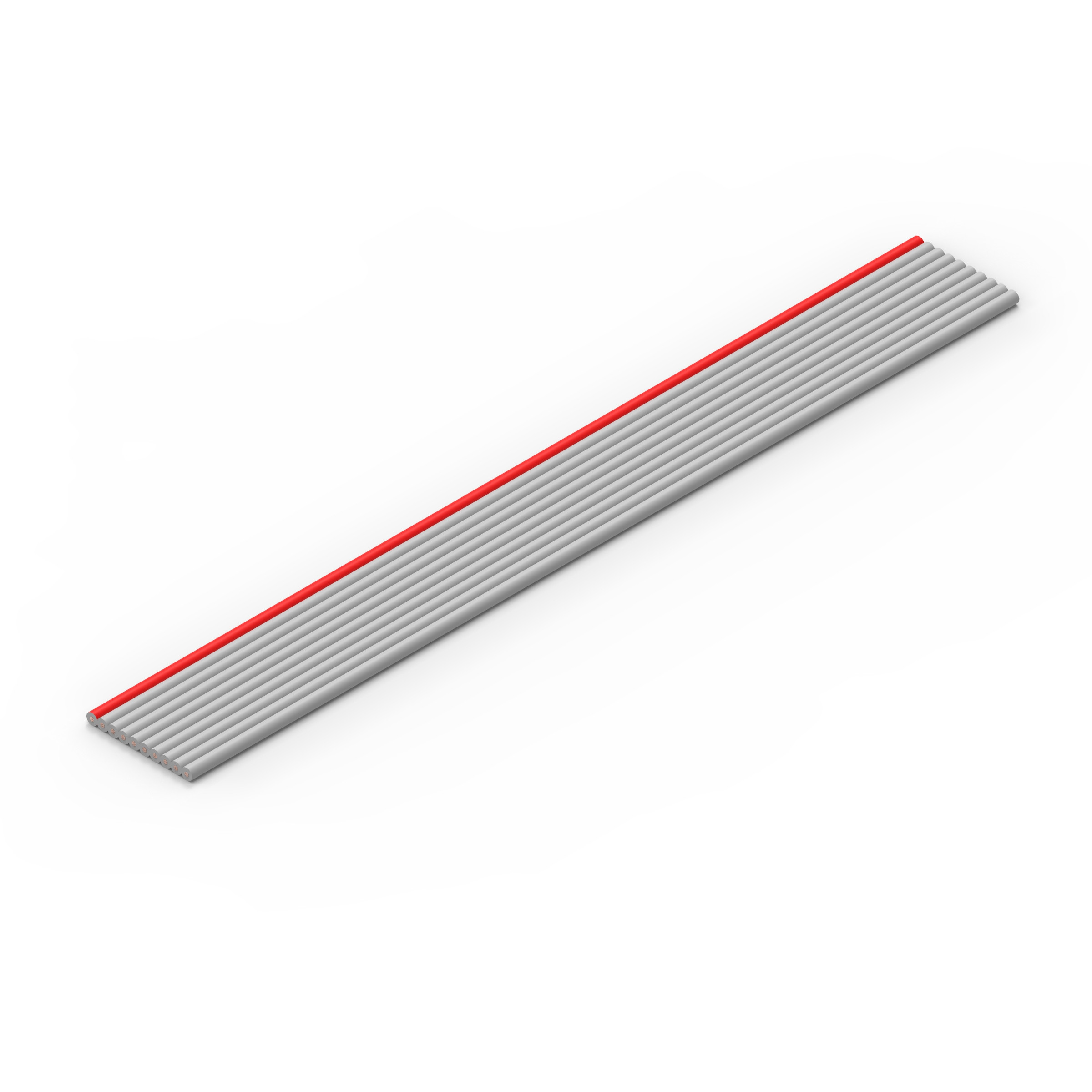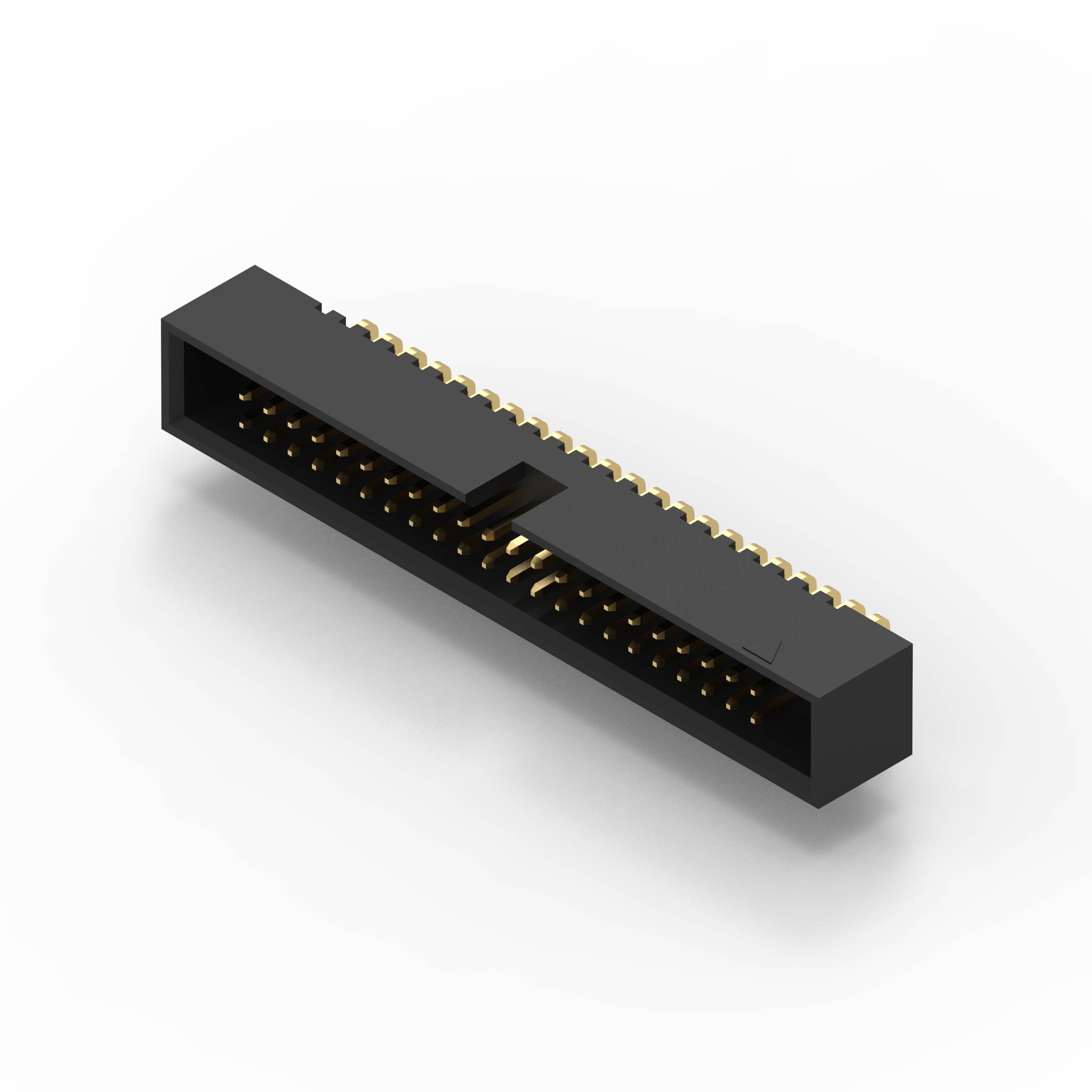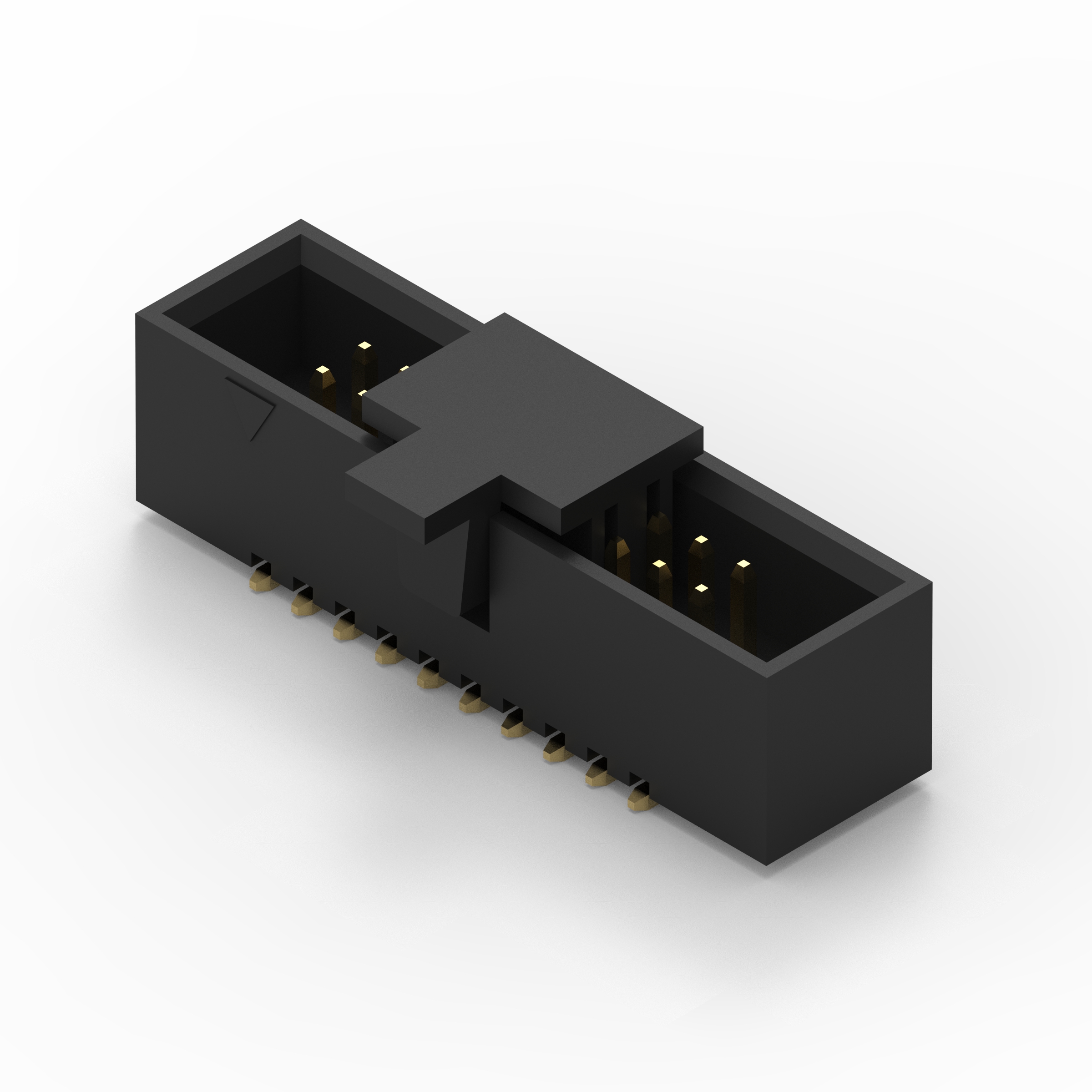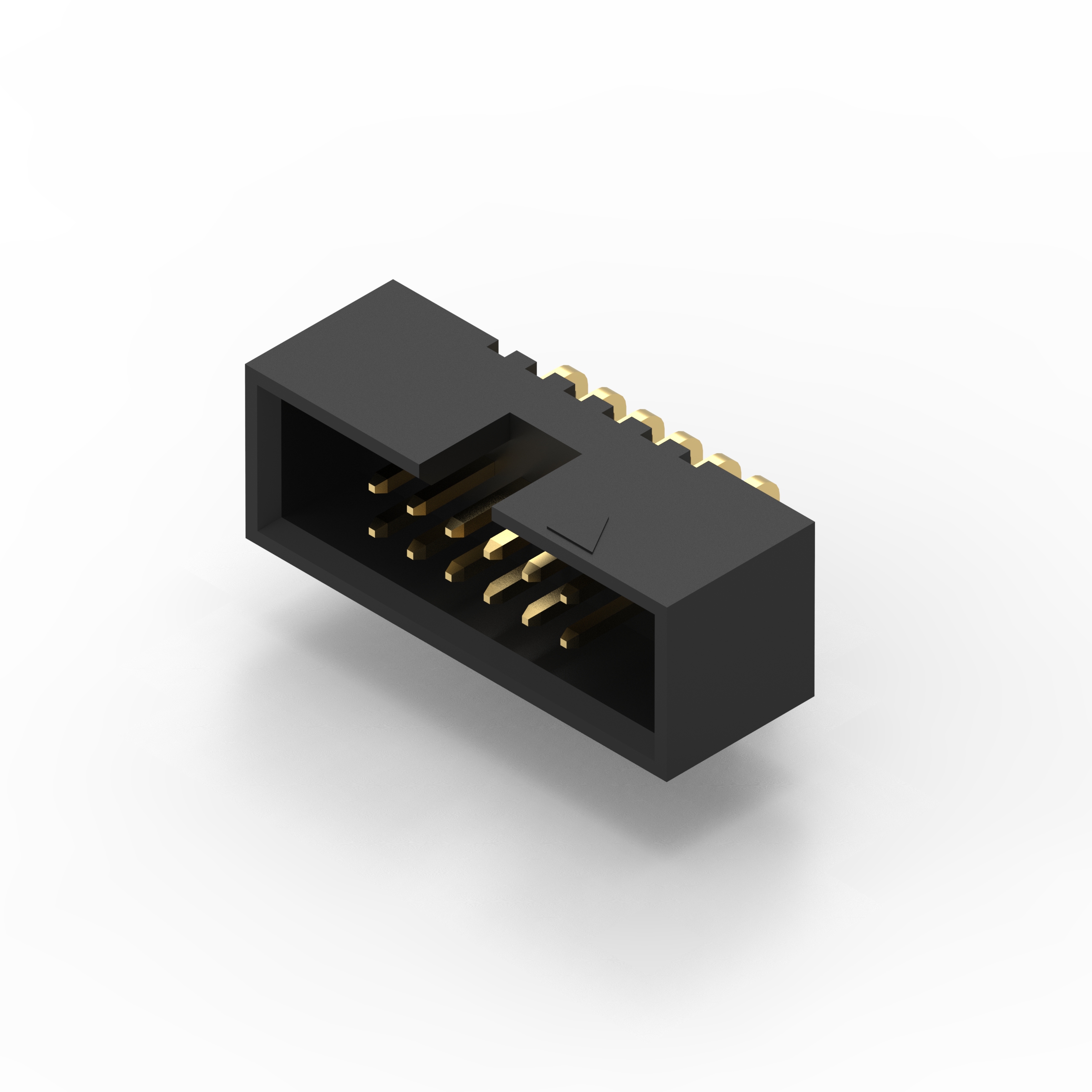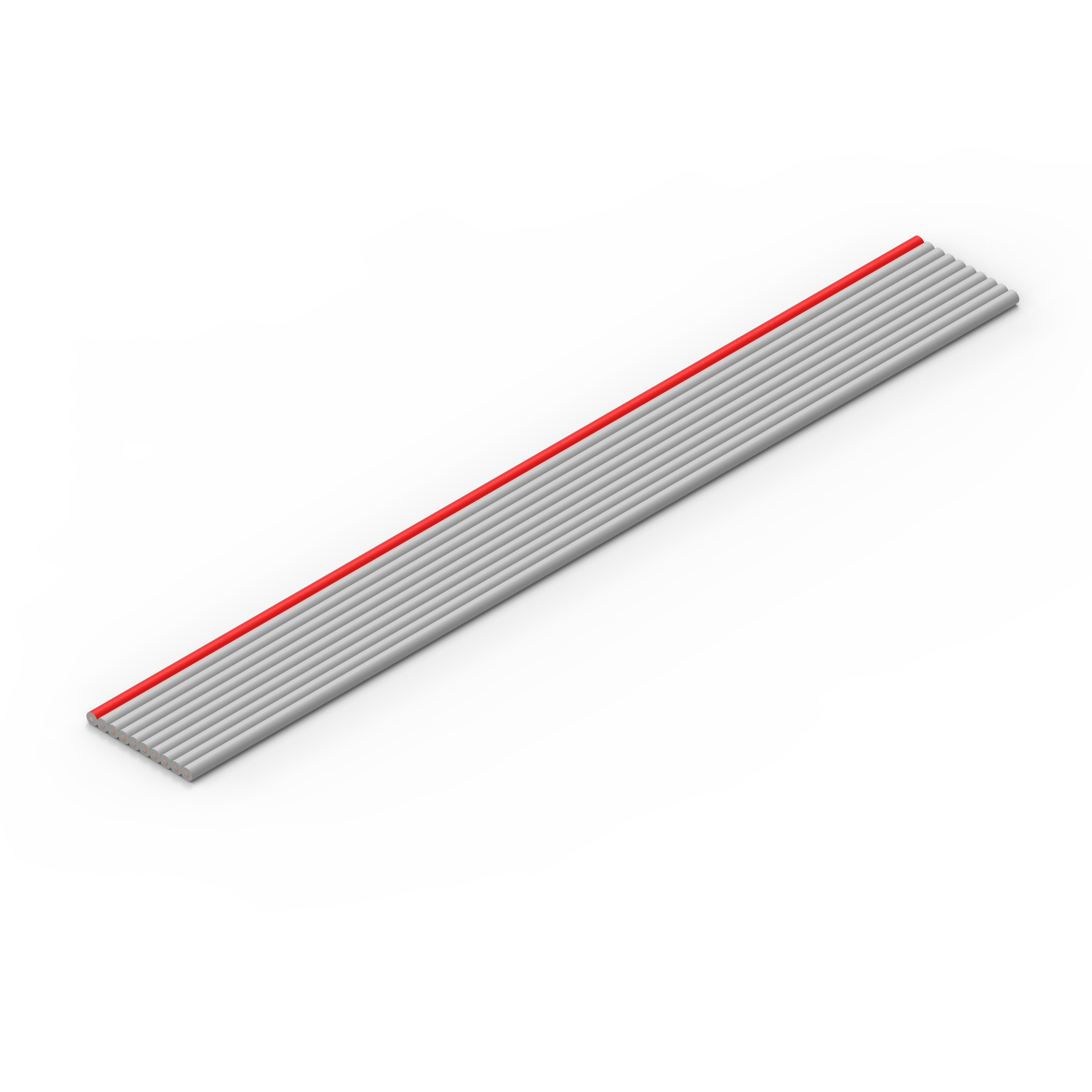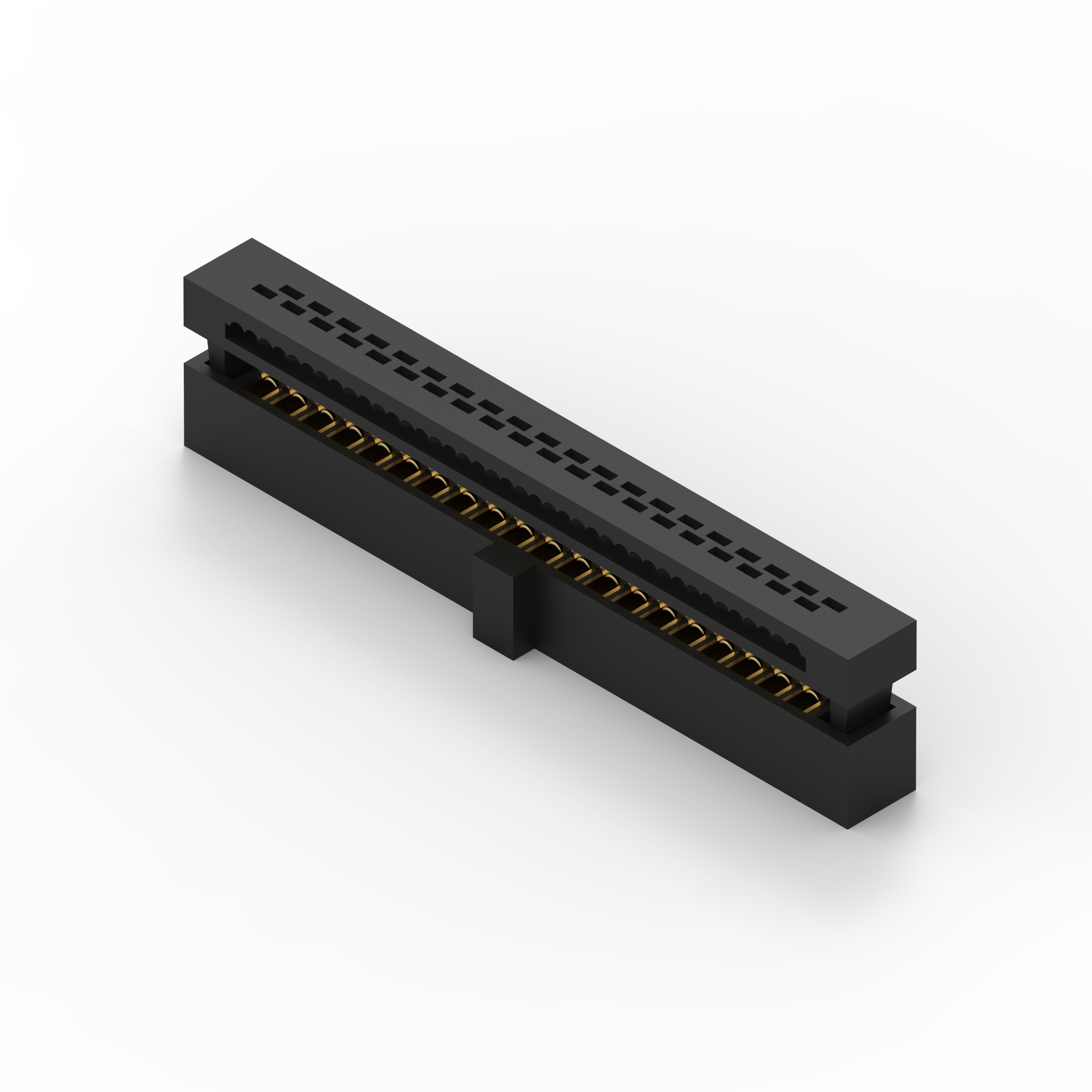Quantity
Price
Total price
1
$6.6255
$6.6255
10
$5.3025
$53.0250
30
$4.9035
$147.1050
100
$4.2420
$424.2000
500
$3.9795
$1,989.7500
1000
$3.7170
$3,717.0000
| TYPE | DESCRIPTION |
| Mfr | Phoenix America |
| Series | G16 |
| Package | Bulk |
| Product Status | ACTIVE |
| Material | Neobond |
| Shape | Cylindrical |
| Operating Temperature | 125°C (TA) |
| Size | 1.005" Dia x 0.210" H (25.53mm x 5.33mm) |
| Gauss Strength | 4300G |
| Magnetization | Diametric |


